Top 10 Best Mushroom Growing Books
- September 11, 2024
- 0 comment
Best Mushroom cultivation is an exciting and rewarding hobby that has grown in popularity in recent years. Whether you’re interested in growing mushrooms for personal use, a small business, or just as a fun project, finding the right resources is key to success.

Books on mushroom growing are a great place to start, offering detailed insights, practical tips, and expert knowledge. With that in mind, we’ve compiled a list of the Top 10 Best Mushroom Growing Books that will help guide you through every step of the process, from spores to fully-grown fungi.
List of Best Books on Mushroom Cultivation
- Growing Gourmet and Medicinal Mushrooms
- The Mushroom Cultivator
- Organic Mushroom Farming and Mycoremediation
- Radical Mycology
- Mycelium Running
- Shroom
- The Essential Guide to Cultivating Mushrooms
- Mushrooming Without Fear
- Psilocybin Mushroom Handbook
- Mushrooms Demystified
Best Mushroom Growing Books
1. “Growing Gourmet and Medicinal Mushrooms” by Paul Stamets

Paul Stamets is a well-known name in the world of mycology, and his book “Growing Gourmet and Medicinal Mushrooms” is considered a cornerstone text for anyone serious about mushroom cultivation. This book covers everything from basic growing techniques to more advanced methods for cultivating gourmet and medicinal mushrooms.
- What You’ll Learn: Stamets dives into topics such as spawn preparation, substrate choices, fruiting methods, and environmental control. The book is highly detailed and covers over 31 species of mushrooms.
- Why It’s Great: Stamets brings decades of experience and research into this work, making it one of the most comprehensive guides available for both beginner and advanced growers. The focus on both gourmet and medicinal varieties provides a dual benefit for those interested in different types of fungi.
Pros
- Incredibly comprehensive, covering multiple species.
- Written by one of the most respected figures in mycology.
- Excellent for both beginners and advanced growers.
Cons
- Can be overwhelming for those just starting out.
- The technical language may require prior knowledge.
2. “The Mushroom Cultivator: A Practical Guide to Growing Mushrooms at Home” by Paul Stamets and J.S. Chilton

Another masterpiece by Paul Stamets, co-authored with J.S. Chilton, “The Mushroom Cultivator” is a classic guide focused on home cultivation. It offers a detailed look at the practical aspects of growing mushrooms, making it a go-to resource for hobbyists and those new to the craft.
- What You’ll Learn: This book takes you through the entire cultivation process, from selecting a suitable growing environment to troubleshooting common problems.
- Why It’s Great: The technical yet accessible explanations and illustrations help break down complex concepts, making this a great choice for beginners. It’s a must-read for anyone serious about mushroom cultivation.
Pros
- Comprehensive step-by-step guide for home growers.
- Detailed troubleshooting section.
- Written in an accessible and clear manner.
Cons
- Some sections may be too detailed for casual growers.
- Lacks a focus on medicinal mushrooms, unlike other Stamets’ books.
3. “Organic Mushroom Farming and Mycoremediation” by Tradd Cotter

Tradd Cotter’s “Organic Mushroom Farming and Mycoremediation” is a modern, innovative take on mushroom cultivation with an emphasis on sustainability. Cotter, a seasoned mycologist, explores the potential of fungi beyond just growing them for food, highlighting their role in environmental restoration.
- What You’ll Learn: Alongside step-by-step instructions for organic mushroom farming, the book covers the emerging field of mycoremediation—using fungi to clean up environmental toxins.
- Why It’s Great: Cotter’s unique approach bridges the gap between traditional cultivation and ecological restoration, making it a forward-thinking guide for the eco-conscious grower.
Pros
- Focuses on sustainable and organic methods.
- Excellent coverage of mycoremediation.
- Suitable for growers interested in eco-friendly practices.
Cons
- Advanced topics may not be suitable for beginners.
- Some techniques require specialized knowledge and equipment.
4. “Radical Mycology: A Treatise on Seeing & Working with Fungi” by Peter McCoy

“Radical Mycology” by Peter McCoy takes mushroom growing to the next level by exploring the cultural and ecological significance of fungi. McCoy’s work is both philosophical and practical, providing an in-depth look at mushroom cultivation from a holistic perspective.
- What You’ll Learn: The book offers extensive information on mycological techniques, cultivation methods, and mycoremediation, all while integrating the broader importance of fungi in ecosystems.
- Why It’s Great: McCoy’s writing emphasizes the interconnectedness of fungi with the environment, making this book ideal for those who want to explore the larger role of mushrooms in nature and society.
Pros
- Combines philosophy with practical mushroom cultivation.
- Rich in cultural and ecological insights.
- Covers a broad range of fungi-related topics.
Cons
- Not a beginner-friendly cultivation manual.
- Philosophical tone may not appeal to all readers.
5. “Mycelium Running: How Mushrooms Can Help Save the World” by Paul Stamets

Yet another essential work by Paul Stamets, “Mycelium Running” focuses on how fungi can be used to benefit the environment. Though not solely a cultivation guide, it provides a wealth of information on how mushrooms can be grown to improve ecosystems.
- What You’ll Learn: This book focuses on mycorestoration—using fungi to repair ecosystems by breaking down pollutants, improving soil health, and creating sustainable food systems.
- Why It’s Great: If you’re interested in the environmental applications of mushroom growing, this book is a fascinating and inspiring read. Stamets’ visionary ideas have wide-ranging implications for both individual growers and global sustainability efforts.
Pros
- Focuses on the environmental benefits of fungi.
- Inspirational and visionary writing.
- Great for growers interested in sustainability.
Cons
- Less practical guidance for standard mushroom growing.
- Best suited for eco-conscious readers rather than beginners.
6. “Shroom: A Cultural History of the Magic Mushroom” by Andy Letcher
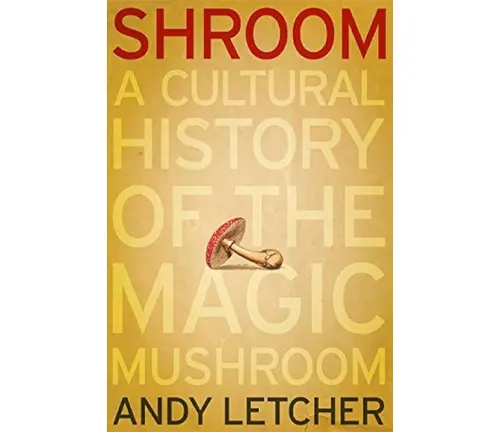
Though “Shroom” by Andy Letcher is more of a cultural history than a practical growing guide, it’s an intriguing read for anyone interested in the cultural and spiritual significance of mushrooms, particularly psilocybin-containing species.
- What You’ll Learn: Letcher explores the history, anthropology, and cultural context of the magic mushroom, tracing its use from ancient civilizations to modern times.
- Why It’s Great: This book is perfect for those fascinated by the cultural aspects of mushrooms and their place in human history. It offers a different angle on the subject, making it a good companion to more hands-on cultivation guides.
Pros
- Fascinating deep dive into the cultural history of mushrooms.
- Well-researched and engaging writing.
- Ideal for those interested in magic mushrooms.
Cons
- Not a cultivation guide, so lacks practical growing tips.
- Primarily focused on psilocybin mushrooms.
7. “The Essential Guide to Cultivating Mushrooms” by Stephen Russell
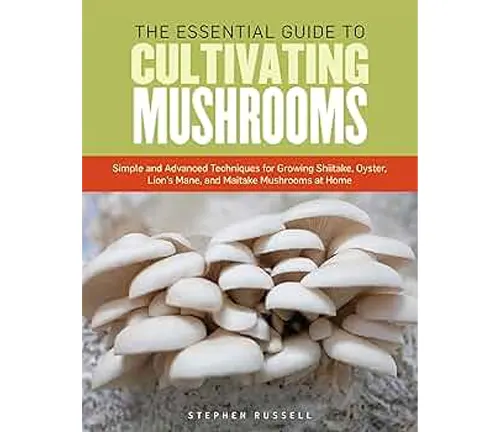
Stephen Russell’s “The Essential Guide to Cultivating Mushrooms” is an excellent resource for beginners looking to grow mushrooms at home with minimal fuss. The book is designed to be straightforward and user-friendly, making it accessible to new growers.
- What You’ll Learn: It covers a range of topics, including how to cultivate mushrooms in different environments, choosing the right species, and troubleshooting common issues.
- Why It’s Great: The simplicity and clarity of Russell’s writing make this one of the best beginner-friendly mushroom cultivation books. The step-by-step instructions make it easy to follow, even for those with no prior experience.
Pros
- Perfect for beginners with easy-to-follow instructions.
- Covers a wide variety of growing environments.
- Practical and straightforward.
Cons
- Lacks in-depth information for advanced growers.
- Limited coverage of medicinal or specialty mushrooms.
8. “Mushrooming Without Fear: The Beginner’s Guide to Collecting Safe and Delicious Mushrooms” by Alexander Schwab
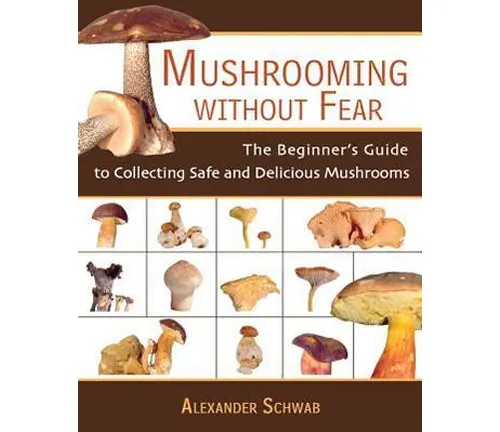
Alexander Schwab’s “Mushrooming Without Fear” is perfect for those interested in foraging wild mushrooms rather than cultivating them. This guide focuses on safely identifying and collecting edible mushrooms in the wild.
- What You’ll Learn: Schwab offers clear identification tips, complete with photographs and descriptions, to help you avoid poisonous species while successfully gathering edible mushrooms.
- Why It’s Great: Foraging can be intimidating, but Schwab’s guide breaks it down into simple, digestible steps, making mushroom hunting both safe and enjoyable for beginners.
Pros
- Excellent beginner-friendly guide to foraging.
- Safety-focused with clear identification guidelines.
- Includes high-quality photographs for easier identification.
Cons
- Limited to foraging, not cultivation.
- Focuses only on edible mushrooms, lacking broader information.
9. “Psilocybin Mushroom Handbook: Easy Indoor and Outdoor Cultivation” by L.G. Nicholas and Kerry Ogame

For those specifically interested in growing psilocybin-containing mushrooms, the “Psilocybin Mushroom Handbook” offers a detailed and accessible guide to indoor and outdoor cultivation.
- What You’ll Learn: This book covers every aspect of growing psilocybin mushrooms, from choosing the right species and substrates to environmental control and harvest techniques.
- Why It’s Great: The focus on psilocybin species makes this book a valuable resource for those looking to grow these mushrooms for personal or research purposes. Its easy-to-follow format ensures success even for novice growers.
Pros
- Detailed guide focused on psilocybin mushrooms.
- Includes both indoor and outdoor growing methods.
- User-friendly, even for beginners.
Cons
- Limited to psilocybin mushrooms, not suitable for general growers.
- Legal issues surrounding psilocybin may be a concern for some readers.
10. “Mushrooms Demystified” by David Arora
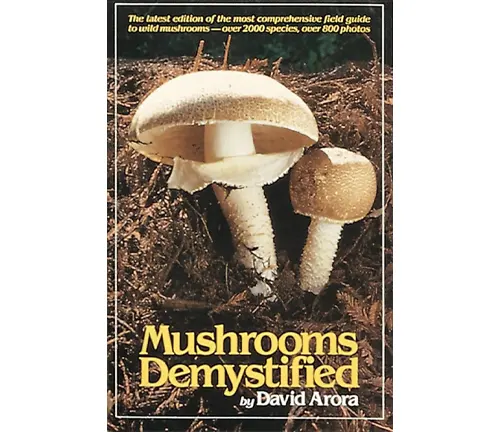
David Arora’s “Mushrooms Demystified” is a beloved classic in the world of mushroom identification and foraging. Though not a cultivation guide, it is an indispensable resource for those who want to deepen their understanding of wild mushrooms.
- What You’ll Learn: This book is packed with detailed descriptions, illustrations, and identification keys for hundreds of mushroom species.
- Why It’s Great: Arora’s humorous and engaging writing style makes it a joy to read, and the depth of information provided is unmatched. It’s an essential reference book for anyone interested in mushroom foraging or simply learning more about the fascinating world of fungi.
Pros
- Comprehensive guide to wild mushroom identification.
- Written in an engaging and humorous style.
- An invaluable reference for foragers.
Cons
- Not a cultivation guide, so lacks growing instructions.
- May be overwhelming for absolute beginners.
Conclusion
Best Mushroom cultivation offers a unique and rewarding experience for those willing to dive into the fascinating world of fungi. Whether you’re looking to grow gourmet mushrooms, explore the ecological benefits of mycoremediation, or learn about the cultural history of fungi, there’s a book on this list to guide you through the process.
FAQs
- What is the best mushroom growing book for beginners?
The best mushroom growing book for beginners is “The Essential Guide to Cultivating Mushrooms” by Stephen Russell. It provides simple, step-by-step instructions, making it easy to start your own mushroom cultivation project at home. - Which book provides the best mushroom cultivation techniques for both gourmet and medicinal mushrooms?
“Growing Gourmet and Medicinal Mushrooms” by Paul Stamets is considered one of the best mushroom cultivation guides. It covers both gourmet and medicinal varieties with detailed techniques for growing different species. - What’s the best mushroom growing guide for home cultivation?
For home cultivation, “The Mushroom Cultivator” by Paul Stamets and J.S. Chilton is often regarded as the best mushroom growing book. It offers practical advice for growing mushrooms at home, including methods for spawn production and substrate preparation. - Is there a book that explains how mushrooms can help the environment?
Yes, the best mushroom book on this topic is “Mycelium Running: How Mushrooms Can Help Save the World” by Paul Stamets. It covers how fungi can be used in ecological restoration, helping to clean up pollutants and improve soil health. - What is the best mushroom foragers’ guide for beginners?
“Mushrooming Without Fear” by Alexander Schwab is the best mushroom foraging guide for beginners. It emphasizes safety in identifying and collecting edible mushrooms in the wild, ensuring that new foragers can avoid dangerous species. - Which book is the best mushroom cultivation resource for sustainable practices?
“Organic Mushroom Farming and Mycoremediation” by Tradd Cotter is the best mushroom cultivation book for eco-conscious growers. It teaches sustainable, organic farming techniques and highlights the environmental benefits of fungi. - What’s the best mushroom growing book for those interested in psilocybin mushrooms?
“Psilocybin Mushroom Handbook” by L.G. Nicholas and Kerry Ogame is the best mushroom cultivation guide for those focused on psilocybin species. It provides easy-to-follow methods for growing these mushrooms both indoors and outdoors. - What is the best mushroom identification book for wild foragers?
“Mushrooms Demystified” by David Arora is widely considered the best mushroom identification book for foragers. It contains comprehensive descriptions, photos, and keys to help identify hundreds of wild mushroom species. - Is there a book that covers the cultural history of magic mushrooms?
“Shroom: A Cultural History of the Magic Mushroom” by Andy Letcher is the best mushroom book that focuses on the cultural and spiritual significance of psilocybin mushrooms, tracing their use from ancient history to modern times. - What’s the best mushroom book for advanced cultivation techniques?
For advanced growers, “Radical Mycology: A Treatise on Seeing & Working with Fungi” by Peter McCoy is the best mushroom book. It delves into complex cultivation methods and the broader ecological and cultural roles of fungi.
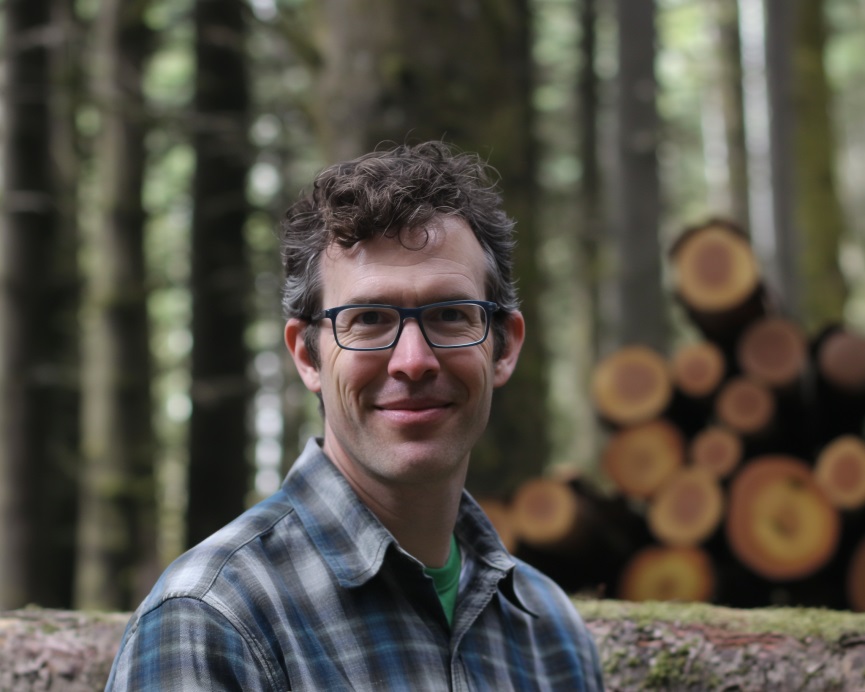
James Wilson
Forestry AuthorJames Wilson has over 15 years of experience in forestry economics, specializing in sustainable practices, investment opportunities, and financial management. He has contributed to notable publications like "Forestry Today" and "EcoFinance Journal" and is known for providing practical and insightful advice. With a degree in Environmental Economics, James stays updated through continuous learning and active participation in industry discussions. Outside work, he enjoys hiking and nature photography, bringing a well-rounded perspective to his professional role.

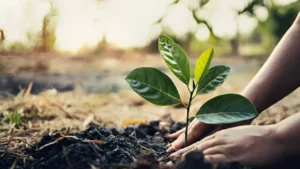
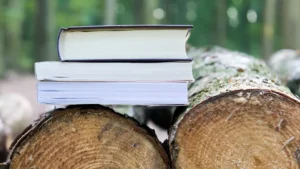




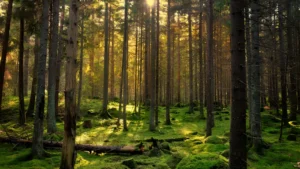
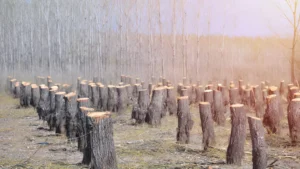
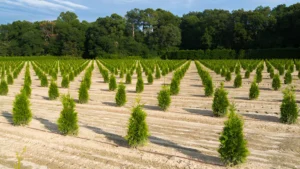
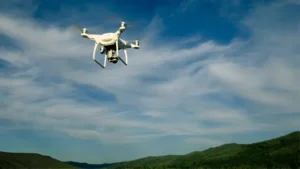

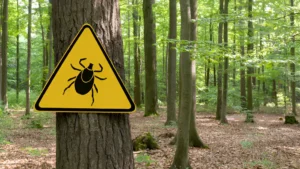
Leave your comment